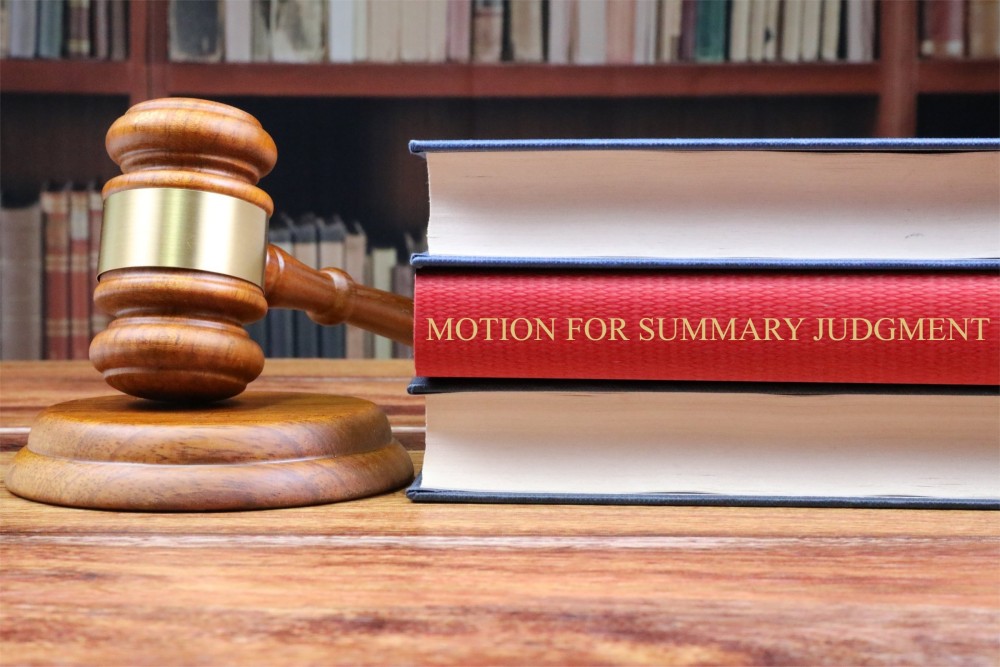Get Your Legal Documents Now!
Whether you are dealing with a complex family matter, facing criminal charges, or navigating the intricacies of business law, our mission is to provide you with comprehensive, compassionate, and expert legal guidance.

Filing a motion for summary judgment in a personal injury case? Learn what strategies succeed, what evidence courts expect, and how Legal Husk can help draft your documents.
Summary Judgment in Personal Injury Cases: What Works and What Doesn’t
Introduction
Personal injury cases often involve conflicting testimony, disputed medical records, and questions of negligence. While summary judgment can resolve clear-cut claims, courts are reluctant to grant it where factual disputes remain. So, what works—and what doesn’t—when pursuing or defending a motion for summary judgment in personal injury litigation?
In this article, we examine effective strategies, evidentiary requirements, and common mistakes for MSJs in car accidents, slip-and-fall, product liability, and other tort cases.
If you need a litigation-ready motion tailored to your personal injury claim, visit legalhusk.com or legalhusk.com/services/civil-litigation.
What Makes Personal Injury MSJs Unique?
Because of the factual complexity, courts usually reserve personal injury cases for jury trial—unless there is a clear absence of dispute.
What Works for Plaintiffs
1. Proving Liability with Uncontested Facts
2. Medical Records Showing Causation
3. Expert Testimony
4. Highlighting Defendant’s Admissions
What Doesn’t Work for Plaintiffs
What Works for Defendants
1. No Duty or No Breach
2. Lack of Causation
3. Comparative Fault Defense
4. Expert Reports That Refute Injury Claims
What Doesn’t Work for Defendants
Evidentiary Essentials
All evidence must be admissible or supported by declarations.
Tips for Filing or Opposing a Personal Injury MSJ
For Plaintiffs:
For Defendants:
When to File an MSJ in a PI Case
Timing matters. File after:
Avoid premature motions that lead to denials or Rule 56(d) objections.
How Legal Husk Can Help
At Legal Husk, we draft:
📌 Access expert legal support at:
Final Thoughts
Summary judgment is possible in personal injury cases—but only when the facts are undisputed and supported by strong, admissible evidence. Whether you're proving negligence or contesting causation, a clear and well-supported motion makes all the difference.
📩 Need help drafting your personal injury MSJ or opposition? Visit Legal Husk to purchase litigation-ready documents prepared by professionals.
Whether you are dealing with a complex family matter, facing criminal charges, or navigating the intricacies of business law, our mission is to provide you with comprehensive, compassionate, and expert legal guidance.
Comments